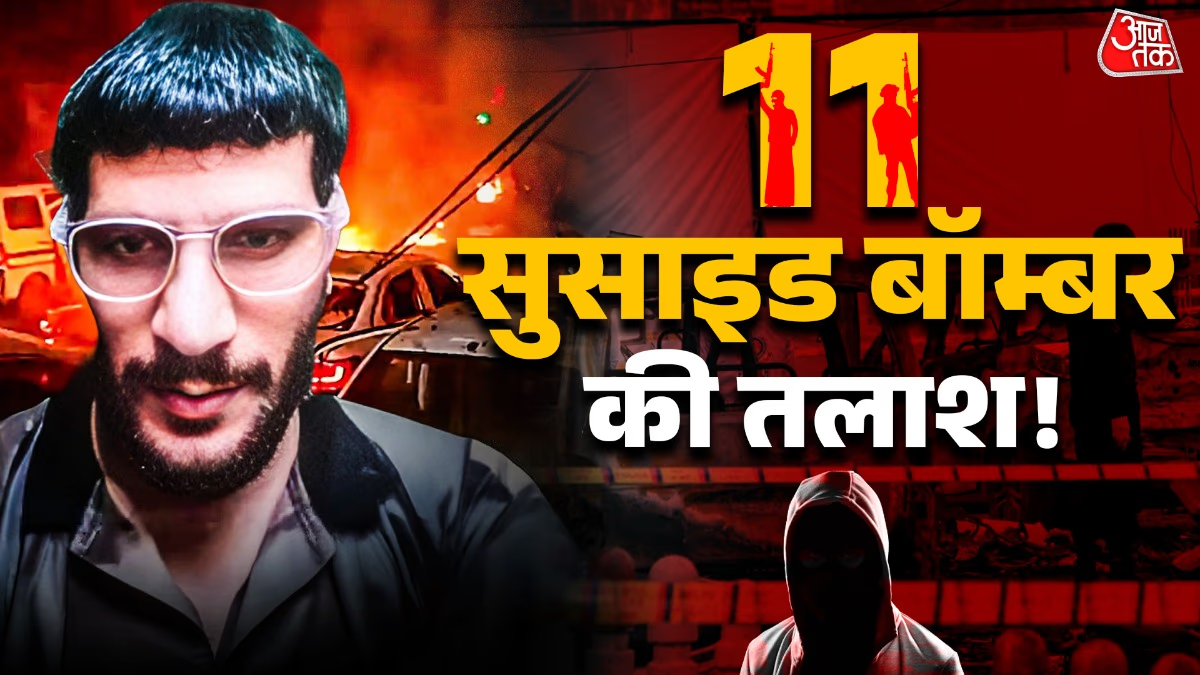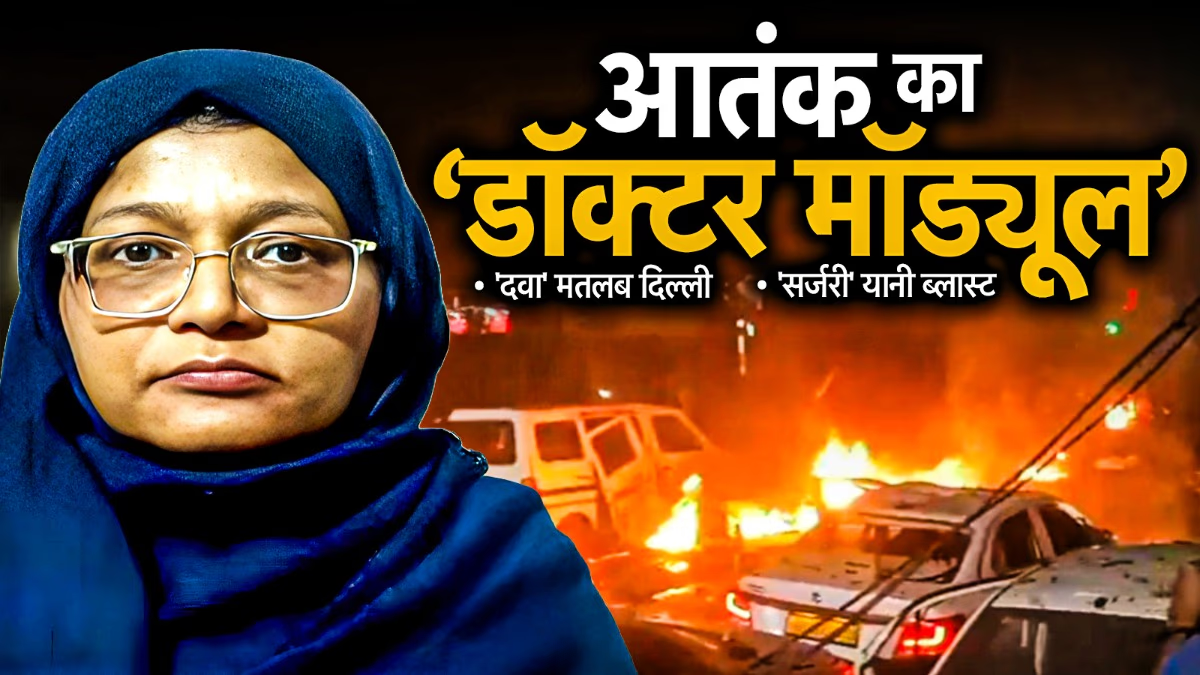The National Investigation Agency (NIA) delves deeper into the car bomb blast near Delhi's Red Fort, unraveling significant findings. A large network, elaborate preparations, and Hamas-like attack strategies are coming to the fore. Central to this plan was Umar Amir and his right-hand man, Jasir Bilal Wani, aka Danish, both of whom have astonished the investigating agencies.
According to the agencies, the conspiracy went beyond just a car bomb. It was a three-tiered attack plan involving drones, rockets, and eventually, a car bomb – a tactic notably seen in Hamas and similar to strategies used by ISIS in Syria-Iraq. Coordinated attacks from the air and ground were the essence of their strategy.
Experts in Execution
The initial findings by the NIA show Umar and Jasir had been working for months on weaponizing drones. Danish was skilled in technical work. He meticulously altered electronic components, motors, and load capacities of drones to accommodate explosives. Investigation officials likened their plan to a Hamas-style model where the initial drone attack would create chaos and confusion among security forces, urging the crowd to scatter. Preparations for launching rockets were underway as well. Jasir Bilal Wani's arrest was a major breakthrough for the NIA; his technical expertise was pivotal for both drone modifications and rocket manufacturing.
Tests Galore
The investigation uncovered efforts to create a manual tube, resembling a rocket launcher. Testing involved small-scale explosive charge fittings with a launch range of around 300-400 meters. These activities were in the nascent stages but clearly indicated plans for a drone or rocket-based attack, making the possibility of Delhi's first rocket-based terror strike very real. When both drone and rocket attempts failed, the module resorted to a car bomb – the explosion that later shook Delhi.
The Journey to Becoming a Suicide Bomber
Initially, Umar appeared to have an ordinary background – a 28-year-old educated doctor. However, his transformation began during a 2021 trip to Turkey, where he, along with his associate Dr. Muzammil Ganai, encountered individuals poised to assume roles as overground workers for Jaish-e-Mohammed (JeM). The journey marked a turning point, reshaping their roles dramatically upon return.
Together, Umar and Ganai procured 360 kg of ammonium nitrate, potassium nitrate, sulfur, and significant quantities of TATP from the open market. The preliminary stockpile was stored near Al-Falah University in Faridabad, Haryana, intended to create a powerful VBIED (Vehicle-Borne Improvised Explosive Device) with a targeted detonation date around December 6, coinciding with the Babri Masjid demolition anniversary. However, the module’s existence started unraveling before realization. After Ganai's arrest, Umar grew anxious but didn't halt plans. Multiple iterations ended with the eventual Delhi blast.
Key Planner in the Scheme
Among those apprehended, Jasir Bilal Wani aka Danish emerges as a crucial figure. More than just a helper, he was at the forefront of planning each stage of the terror plot. His drone modifications and work on a rocket launch system, alongside unwavering technical support for Umar, were indispensable. Though initially prepared to become a suicide bomber, reasons like financial constraints and religious considerations led him to withdraw from his intended role, according to his confession. His testimonies were instrumental in exposing the detailed workings of their operation. Investigators assert that their plan extended beyond Delhi, potentially targeting densely populated areas during religious events or political rallies.
The NIA's perspective remains clear: had the drone or rocket tests succeeded, Delhi could have faced its deadliest attack yet. Despite being the final desperate measure, the car bomb attack resulted in 13 fatalities and numerous injuries. The NIA continues to explore multiple investigation avenues actively.




